Increased Integration of IIoT and AI
Advanced Valve Condition Monitoring
Adoption of Wireless Systems
Continued Push Towards All-Electric Actuators
Conclusion
https://meadobrien.com
(800) 874-9655
Providing problem solving and educational information for topics related to industrial steam, hot water systems, industrial valves, valve automation, HVAC, and process automation. Have a question? Give us a call at (800) 892-2769 | www.meadobrien.com
Brushless DC motors are synchronous motors powered by a direct current source via an electric controller rather than the brush/commutator mechanism used in brushed DC motors. The electric controller, an integrated inverter/switching power supply, generates an alternating current signal that drives the rotor. Electronically commutated motors, ECMs, or EC motors are other names for them.
Brushless DC electric (BLDC) motors have been around for nearly 50 years, but their use for intelligent actuation is relatively new. Their adaptation is critical to the improvement of process control and plant safety systems.
The Limitorque MXb electric actuator performs across a broad range of challenging applications where reliability is critical, including oil and gas; commercial power; chemical; fresh and wastewater; and general industries.
Improved reliability
The actuator's design isolates critical components, protecting them from electrical shock and interference, typical in extreme environments. High-quality materials extend actuator service life, operating ranges, and mean time between failure.
Enhanced user experience
An updated user interface coupled with a simplified, intuitive menu structure and larger, high-resolution LCD screen makes navigation easy and enables 50% faster commissioning, set-up, and operation. Users of any skill level can configure the actuator through various pre-configured or customization options for quick and error-free set-up and operation. A larger, higher-resolution LCD with a built-in ambient light sensor offers eight times the previous display's resolution to extend viewing distances up to 30 feet. Real-time torque graphs, alarm and event logs, and other data are accessible in higher-quality resolution.
Advanced diagnostics and analytics
The MXb electric actuator's next-generation diagnostics and analytics capabilities help operators monitor and track its performance and quickly respond to upset conditions. The MXb actuator has 500 times the previous MX model's memory capacity, allowing increased data capture and storage for higher degrees of process monitoring, data logging, and information feedback. Additionally, a real-time clock enables data log time stamping to support asset management functions and lifecycle analysis.
Simplified maintenance
A new electric connector design removes the need for brackets and hold-downs, making maintenance more straightforward and faster. And the enhanced connector design ensures robust connectivity throughout the rated seismic and vibration envelope.
For more information about the Limitorque MXb contact Mead O'Brien by calling (800) 892-2769 or visiting their website at https://meadobrien.com.
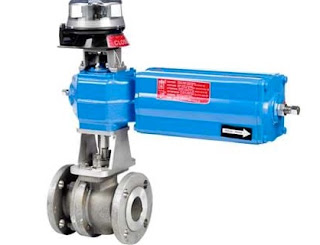 |
| Actuated valve with pneumatic scotch yoke actuator (Metso Neles) |
 |
| Diaphragm actuator (Metso Neles) |
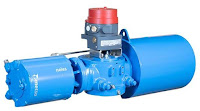 |
| Scotch yoke actuator (Metso Neles) |
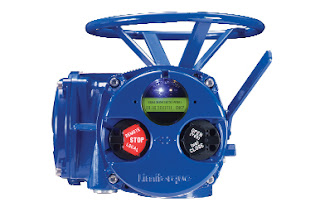 |
| Electric actuator (Limitorque) |
 |
| Pneumatic actuator (Metso Neles) |
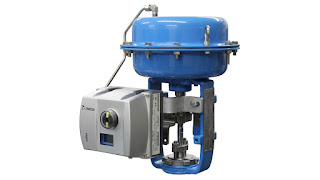 |
| Linear pneumatic actuator (Neles) |
 |
| Automated Pneumatic Ball Valve (Jamesbury) |
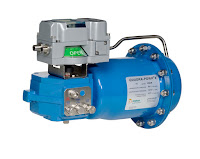 |
| Pneumatic actuator (Jamesbury Quadra-Powr) |
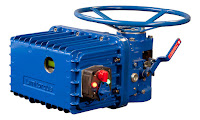 |
| Electric Actuator (Limitorque) |
 |
| Electrically automated gate valve in generating facility. |
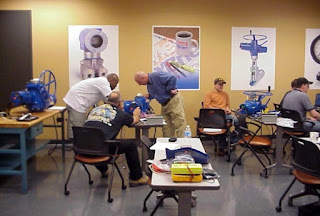 |
| Valve automation training facility (courtesy of Mead O'Brien) |
 |
| Sales and Engineering Professionals are there to assist and save you time and money. |
 |
| Neles intelligent valve controller |
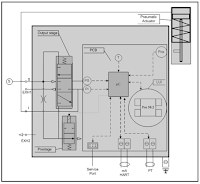 |
| Click for larger view |
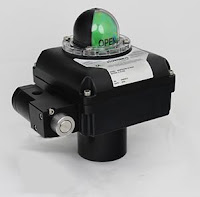 |
| Limit switch with position indicator. |
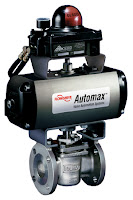 |
| Automated valve assembly including actuator and limit switch. |
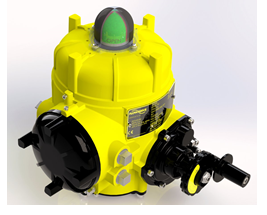 |
| New Limitorque CEA Series Valve Actuator Courtesy Flowserve Corp. |